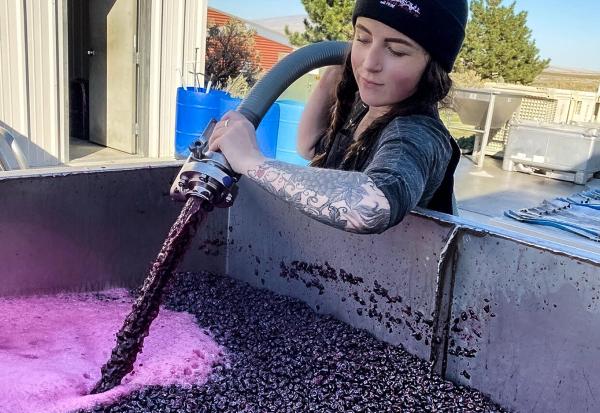
White Bluffs AVA
Though the White Bluffs was approved in 2021, there is a long history of grape growing in the appellation, with the first vines planted 1972. Some of these vines are still productive today and are among the oldest in the state.
Key statistics
2021
1,127 acres
6 inches

Characteristics
About the region
The White Bluffs appellation is located in south-central Washington. It is wholly contained entirely within the Columbia Valley.
The appellation lies on a plateau that rises up from Pasco Basin, with the appellation situated to the north of this city. The plateau is, on average, 200 feet above the surrounding area. This higher elevation extends the growing season relative to the surrounding area and helps protect against frosts and freezes.
White Bluffs gets its name from the appellation’s other main distinguishing feature – a layer of ancient lakebed sediment that lies underneath windblown silt and Missoula Flood deposits. This sedimentary layer, which is whitish in appearance, is referred to as Ringold formation. It can be seen in escarpments by the Columbia River, which provides part of the border of the appellation. This layer of ancient lakebed sediment means that vines planted in White Bluffs never have an opportunity to interact with the basalt bedrock, unlike almost all other areas of the Columbia Valley. It also means the vines have a different suite of minerals to interact with. Finally, these lakebed sediments have a higher clay content, which impacts water holding capacity.
Though the White Bluffs was approved in 2021, there is a long history of grape growing in the appellation, with the first vines planted 1972. Some of these vines are still productive today and are among the oldest in the state.
The appellation is 93,738 total acres, with approximately 1,100 acres under vine. White Bluffs is home to one winery and nine vineyards, with nearly one in every ten wineries in the state sourcing fruit from this area.

